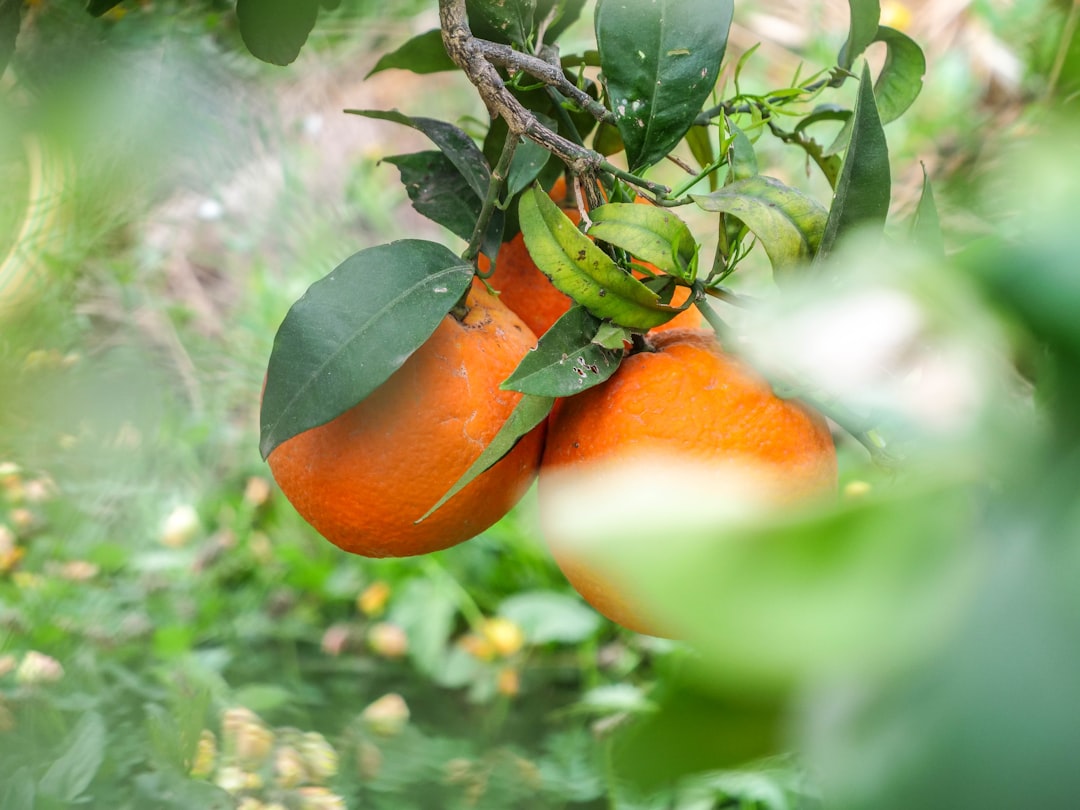Unleashing the Potential of Small Spaces in Vegetable Gardening

Edible gardening has become a popular trend, allowing people to grow their own fresh produce right at home. Even if you have limited space, there are numerous small vegetable garden ideas that can help you make the most of the growing area you possess. Whether you live in an apartment with a tiny balcony or a house with a small backyard, these strategies will enable you to cultivate a bountiful vegetable garden.
One of the first steps in creating a small vegetable garden is to choose the right location. Vegetables generally require at least 6 - 8 hours of sunlight per day. If you have a balcony, ensure it faces the sun for the majority of the day. In a backyard, look for a spot that is not shaded by trees or buildings. This sunlight is crucial for photosynthesis, which is the process by which plants convert light energy into chemical energy to grow and produce fruits and vegetables.
Container gardening is an excellent option for small spaces. You can use a variety of containers such as pots, buckets, or even old bathtubs. Make sure the containers have proper drainage holes to prevent waterlogging, which can lead to root rot. When selecting containers, consider the size of the vegetables you want to grow. For example, tomatoes and peppers need larger containers, while herbs like basil and parsley can thrive in smaller ones.
Another important aspect is soil selection. High - quality soil is the foundation of a successful vegetable garden. You can purchase pre - mixed potting soil or create your own by combining compost, peat moss, and perlite. Compost adds nutrients to the soil, peat moss helps retain moisture, and perlite improves drainage. Before planting, loosen the soil in the containers or garden beds to allow the roots to penetrate easily.
Vertical gardening is a space - saving technique that can significantly increase your growing area. You can use trellises, fences, or wall - mounted planters. Vining vegetables like cucumbers, beans, and peas are perfect for vertical gardening. They can climb up the structures, taking advantage of the vertical space instead of spreading out horizontally. This not only saves space but also makes it easier to harvest the vegetables.
Companion planting is a smart strategy in small vegetable gardens. Certain plants grow well together and can even benefit each other. For instance, tomatoes and basil are great companions. Basil can help repel pests that might attack tomatoes, and the two plants have similar growing requirements. By planting them together, you can maximize the use of space and also enhance the health of your plants.
When it comes to watering, it's important to strike the right balance. Over - watering can drown the plants, while under - watering can cause them to wilt and die. Check the soil moisture regularly by sticking your finger about an inch into the soil. If it feels dry, it's time to water. Water the plants at the base to avoid wetting the leaves, which can lead to fungal diseases.
Finally, pest control is essential in a small vegetable garden. Instead of using harsh chemicals, try natural pest control methods. You can introduce beneficial insects like ladybugs, which eat aphids. You can also use neem oil, a natural insecticide, to control pests. Regularly inspect your plants for signs of pests or diseases and take action promptly.
In conclusion, with a little creativity and planning, you can create a productive small vegetable garden. By choosing the right location, using containers, implementing vertical gardening, practicing companion planting, and taking care of watering and pest control, you can enjoy a steady supply of fresh vegetables even in a limited space.